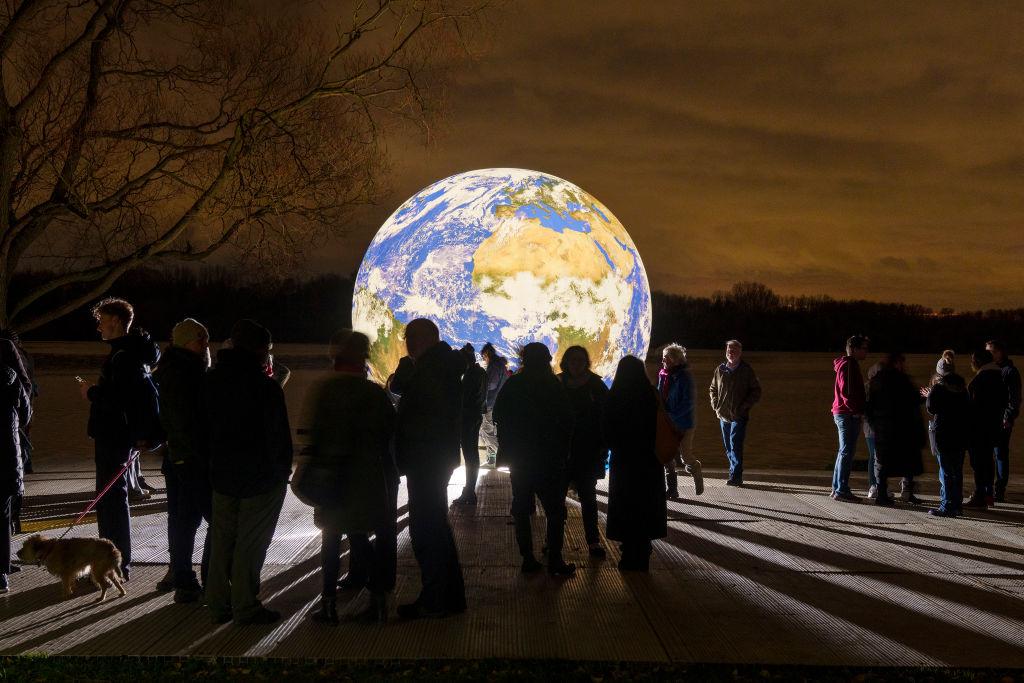Commentary
How urgent is climate change? This is the most important question that decision-makers in industry and government need to ask. We cannot decide what risk is worth taking unless we know what risk we are avoiding.

How urgent is climate change? This is the most important question that decision-makers in industry and government need to ask. We cannot decide what risk is worth taking unless we know what risk we are avoiding.